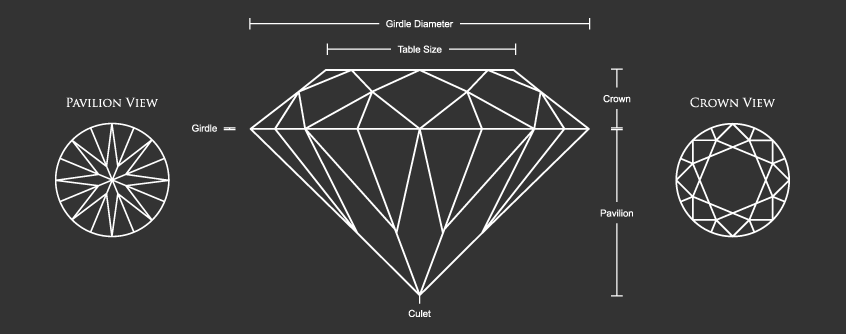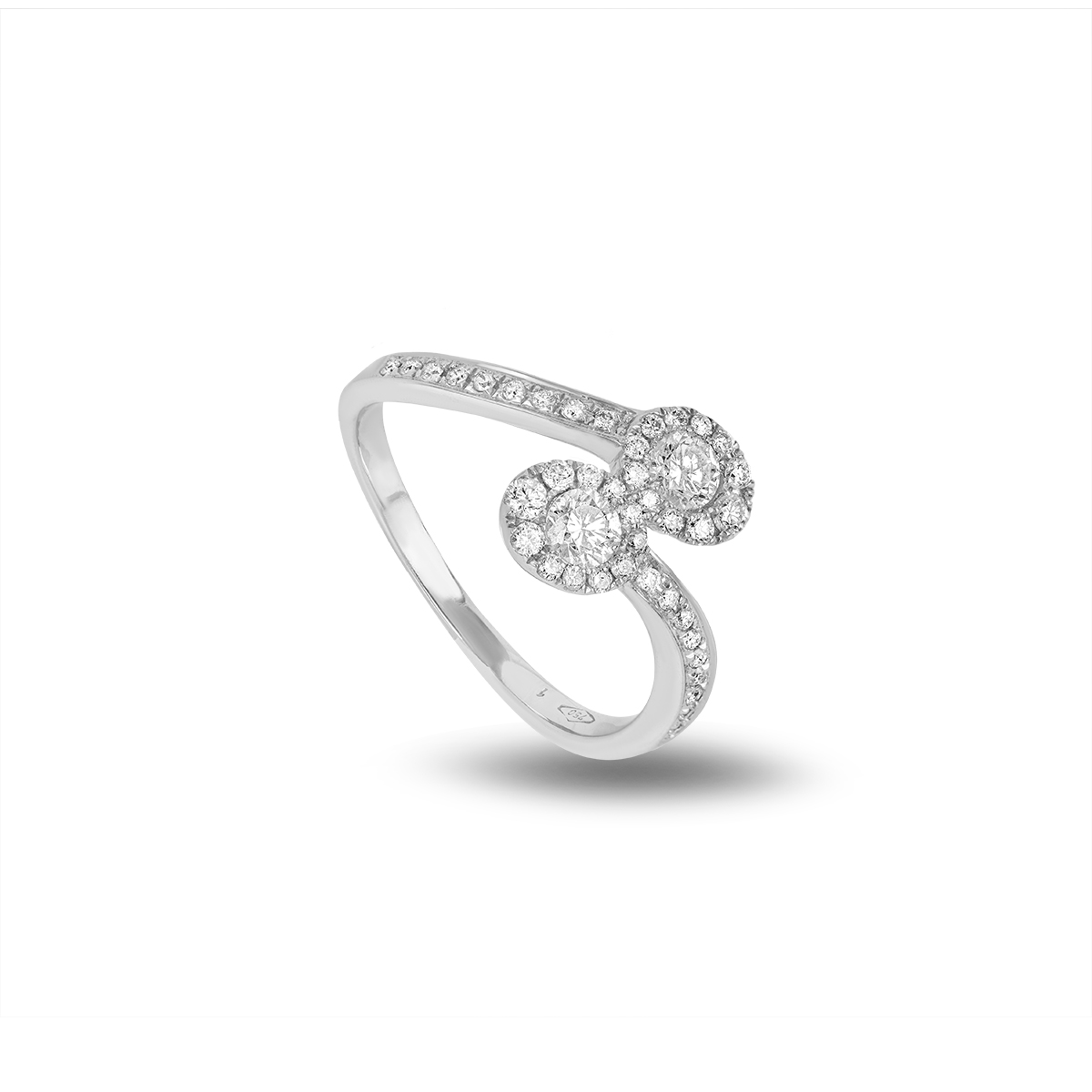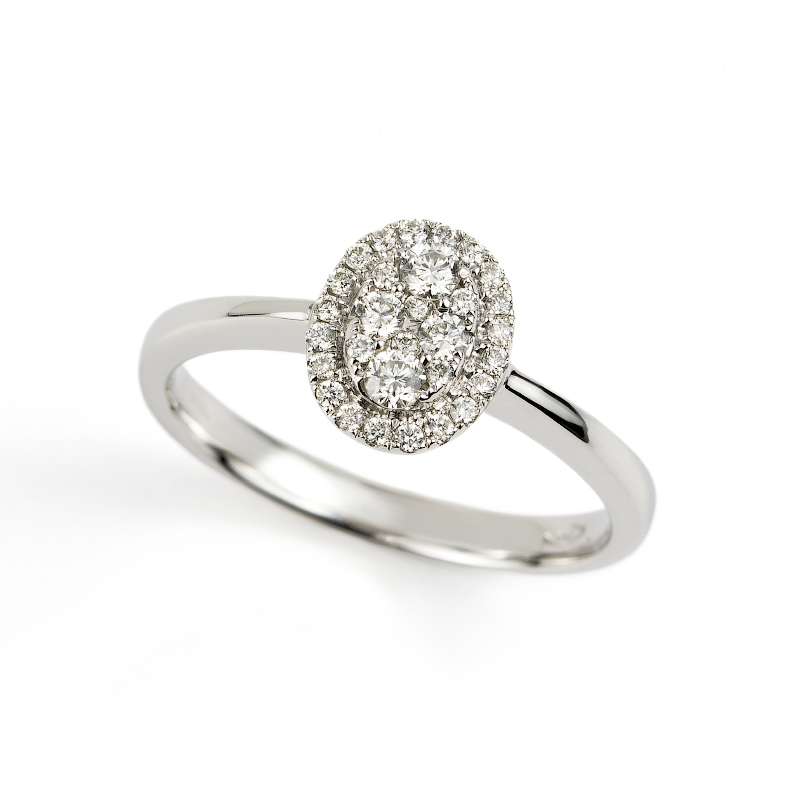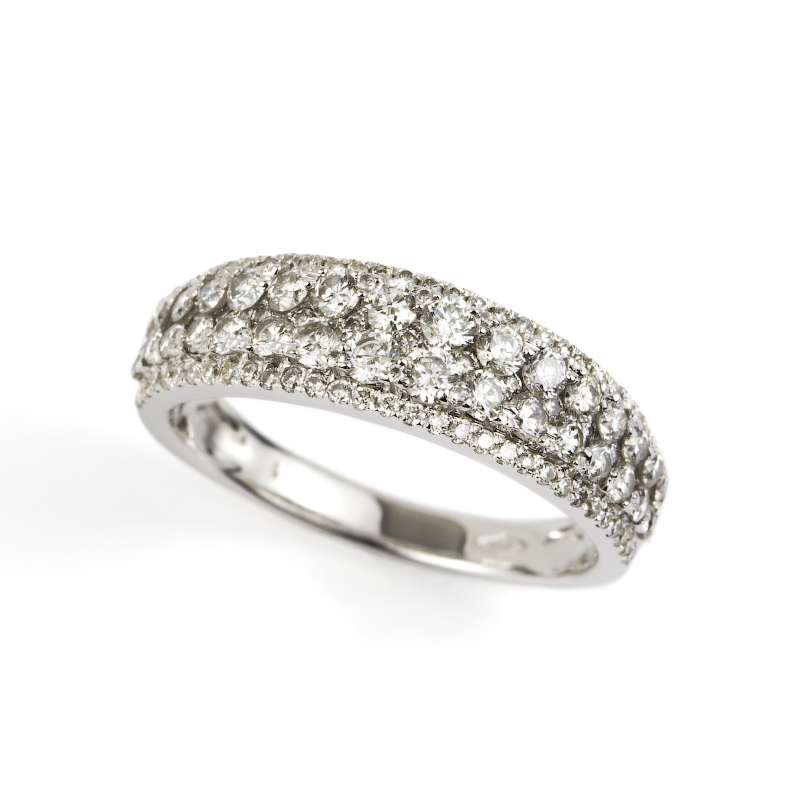Diamond Characteristics – Cut
CUT is normally used to refer to diamond SHAPE. The most popular shape for a diamond is the round brilliant diamond which is aptly named as when well-cut, the round diamond reflects the maximum light and sparkles more than any other shape. There are a number of shapes which diamonds traditionally take, depending on the original nature of the rough, uncut stone. Fancy shape diamonds include princess, pear, emerald cut, radiant, cushion, asscher, oval, heart, marquise.

Diamond Characteristics – Colour
Colour refers to the degree to which a diamond appears colourless. Diamonds are graded on a colour scale established by the Gemmological Institute of America (GIA) which ranges from D (colourless) to Z (strong yellow or brown). Diamonds which have tinges of yellow are more common than colourless diamonds and as such are less valuable than colourless diamonds.Completely colourless diamonds are graded “D/E/F” and are treasured for their rarity. As such they are extremely valuable.
Diamond Characteristics – Clarity
Almost all diamonds contain minute pieces of non crystallised carbon. These identifying features are called inclusions. The size, nature, location, and amount of inclusions determine a diamond’s clarity and subsequently affect its value. A diamond’s unique inclusions were bestowed by nature when the diamond was formed millions of years ago deep beneath the earth’s surface. The fewer the amount of inclusions in a diamond the rarer and consequently the more valuable the diamond is.

Diamond Characteristics – Carat
The weight of a diamond is expressed in a unit of measure called Carats. The term carat originated in a natural unit of weight; the seeds of the Carob tree. Diamonds were traditionally weighed against these seeds until the system was standardised and one carat was fixed at 0.2 grams. One carat is divided into 100 points. This means that half a carat is described as 50 points or 0.50 carats. Larger diamonds are found much less frequently in nature. Thus, for example, a one carat diamond will cost more than twice that of a 0.50 carat diamond (assuming colour, clarity and cut remain constant).

Diamond Characteristics – Beauty & Brilliance
If you consider the brilliance and fire of a diamond to be its most attractive asset, then the quality of the cut must be of utmost importance. It is true you could have the best colour and clarity in a diamond, but it will lack brilliance if poorly cut. The very best cut diamond, through to the below average cut diamond (assuming colour, clarity, & carat weight remain constant), can have an impact of up to 40% on the end purchase price.





